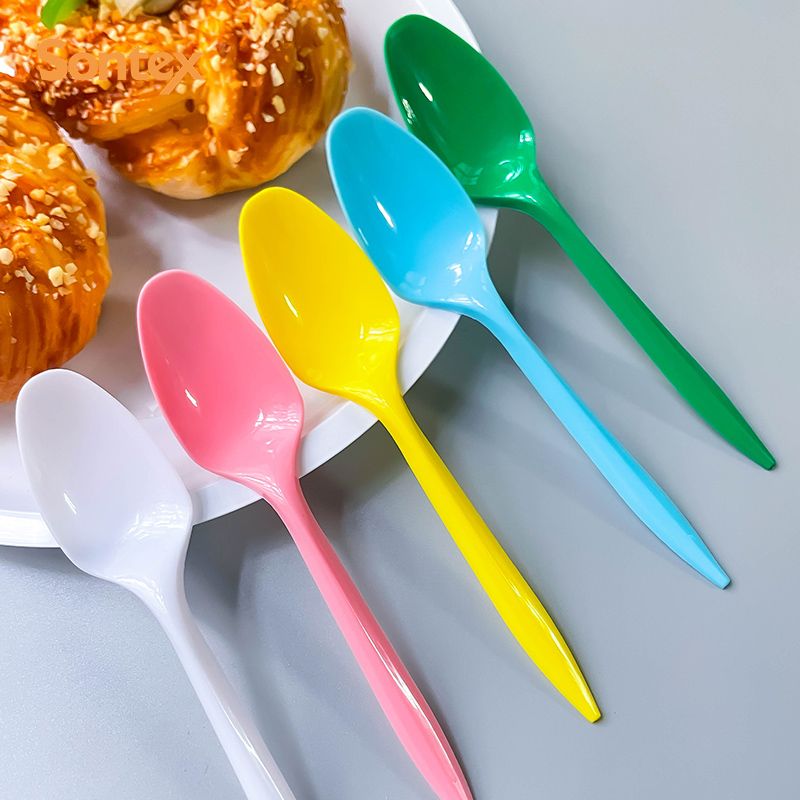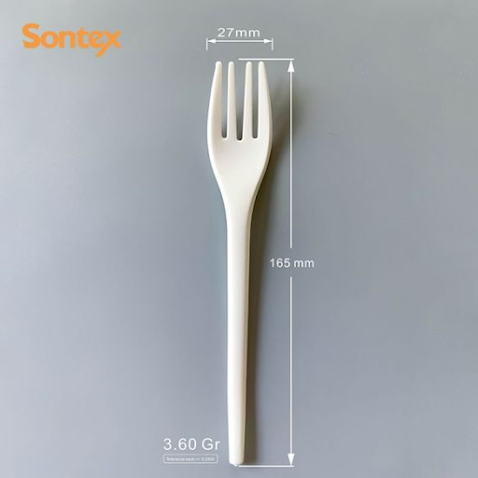What Is Biodegradable Cutlery? Is It Good?
Biodegradable cutlery is produced by reinforcement of natural fiber (Agro-waste) into matrix/resin which is a polymer of renewable resources, and is formed by compression or injection process.
Amidst the nationwide implementation of the single-use plastics ban, it becomes crucial to seek sustainable alternatives for cutlery and food service packaging at events or venues that prioritize the health of our planet. While reusable items are the ideal choice, they may not always be feasible.
Determining the most environmentally friendly single-use options poses a challenge – is 'biodegradable' or 'compostable' the superior choice?
What does biodegradable mean?
The term 'biodegradable' refers to the breakdown of a product over an unspecified period. Unfortunately, there exists considerable confusion and inadequate comprehension surrounding this term, often leading to 'greenwashing.' Merely adding the prefix 'bio' might mislead consumers into assuming a product's eco-friendliness, which isn't always accurate.
It is commonly assumed that biodegradable materials decompose swiftly and harmlessly; however, this isn't necessarily the reality.
Is biodegradable cutlery a wise purchase?
While the term 'biodegradable' might seem environmentally friendly, it doesn't guarantee complete, rapid, or safe decomposition. Unlike 'compostable' items, Australia lacks mandatory standards for 'biodegradable' products. There are no specific tests or timeframes set for biodegradability in the country.
Biodegradable cutlery typically:
- Becomes a contaminant in other waste streams, like commingled recycling or organics
- Takes many years to break down, if it does at all
- Ultimately breaks down into microplastics
When a product is labeled as both 'biodegradable' and 'compostable,' it's advisable to seek clarification from the supplier regarding safe disposal methods. This might involve understanding how to properly compost the product, whether at home or through industrial means. Exploring different composting methods can offer further insight into sustainable disposal practices.
What makes compostable cutlery a more eco-friendly choice?
In Australia, there exist two types of compostability certifications: home compostable and industrial compostable, both accredited by the Australasian Bioplastics Association (ABA). These certifications have undergone testing specific to Australian environments.
Through rigorous and extensive testing, these certifications demonstrate that:
- Products labeled as certified home compostable will undergo a minimum of 90% biodegradation within 180 days, without causing toxicity to compost, plants, or earthworms in a home composting environment.
- Products labeled as certified industrial compostable will undergo a minimum of 90% biodegradation within 12 weeks under industrial composting conditions.
Certified home or industrial compostable cutlery are an environmentally friendly alternative to plastic cutlery as it is proven to break down under certain conditions. Both practices can produce a compost which can be used to fertilise or improve soil quality for produce.
Biodegradable vs. Compostable
The primary distinction between compostable and biodegradable lies in their testing for breakdown within specific time frames and conditions. Compostable items undergo testing for these criteria, while biodegradable items typically lack such stringent evaluation.
Types of Compostable Utensils
Compostable cutlery and utensils are crafted from durable materials like birchwood or bamboo, offering a viable solution as a single-use sustainable option when reusable items are not accessible.



评论
发表评论